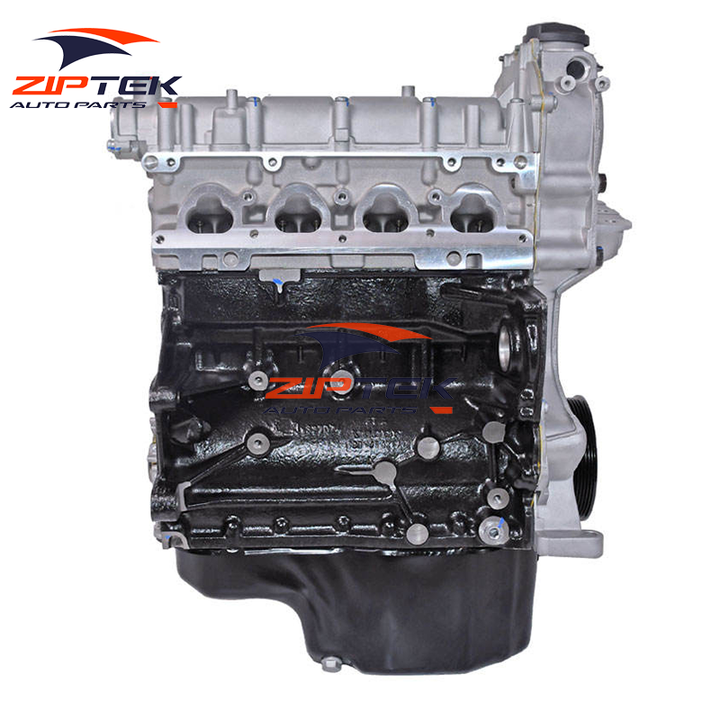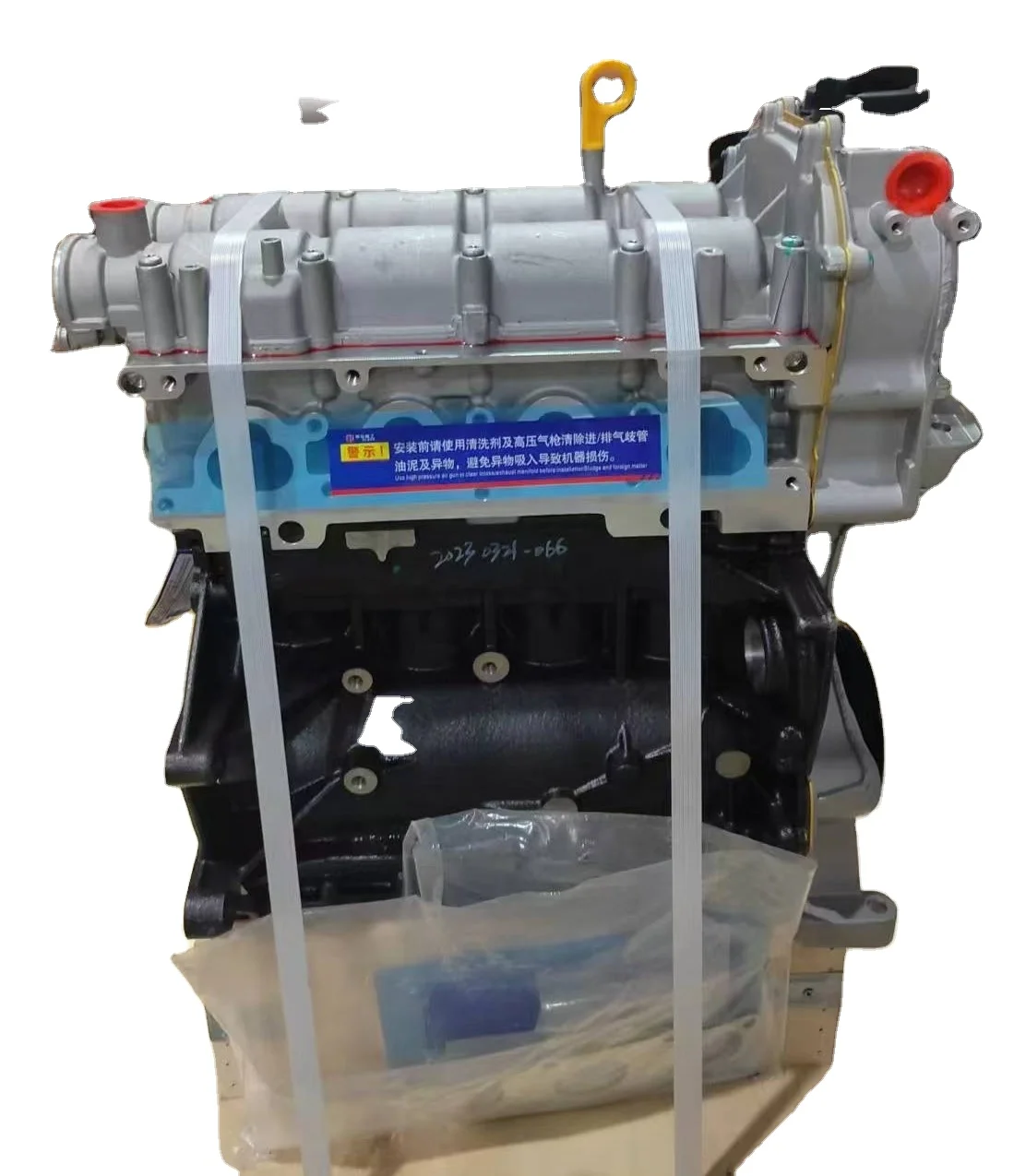Increase fuel efficiency with a top-tier clp engine.
Increase fuel efficiency with a top-tier clp engine.
Blog Article
Just How a Clp Engine Can Improve Effectiveness in Various Industries
The advent of CLP engines marks a considerable change in operational performance across numerous sectors, driven by their ability to enhance gas usage and decrease downtime. As companies significantly focus on sustainability along with performance, the role of CLP engines becomes also a lot more essential.
Introduction of CLP Engines
CLP engines, or Continual Liquid Propellant engines, stand for a considerable innovation in propulsion modern technology, specifically for area applications. These engines use a continual feed system that permits the continual expulsion of propellant, bring about enhanced effectiveness and efficiency compared to conventional strong or hybrid propulsion systems. By maintaining a continuous circulation of fluid propellant, CLP engines can attain more exact drive control, which is important for navigating spacecraft in various goal situations.
The design of CLP engines incorporates sophisticated materials and ingenious gas monitoring systems. clp engine. This leads to minimized weight and enhanced reliability, essential aspects for long-duration space objectives. Additionally, the continuous operation lessens the threat of combustion instability, an usual challenge in conventional rocket engines.

Advantages in Production
The production of Continual Liquid Propellant (CLP) engines offers a number of noteworthy advantages that boost both efficiency and cost-effectiveness. One of the primary benefits is the structured manufacturing procedure, which lowers the intricacy associated with standard propulsion systems. By using fluid propellant, suppliers can achieve greater precision in engine efficiency, resulting in enhanced energy output and decreased waste.
Furthermore, CLP engines facilitate a higher level of modularity, permitting less complicated assimilation right into different manufacturing lines. This versatility can substantially decrease preparations and enhance general operational versatility. Using CLP technology likewise often tends to decrease the requirement for comprehensive maintenance due to fewer relocating parts, which equates into decreased downtime and functional prices.

Applications in Logistics
Leveraging Continuous Fluid Propellant (CLP) engines in logistics supplies significant advantages in operational effectiveness and reliability. These engines provide a robust service for various transport requirements, enabling the seamless motion of items throughout huge ranges. The inherent design of CLP engines permits constant power result, which translates into smoother and a lot more foreseeable transport schedules.
Among the crucial applications of CLP engines in logistics is in sturdy freight transport, where they can drive both ground and airborne lorries. Their ability to keep high efficiency under varying load conditions ensures that delivery timelines are fulfilled, consequently enhancing consumer contentment. Furthermore, CLP engines can be integrated into automated logistics systems, facilitating real-time monitoring and enhancing route preparation.
In addition, the sturdiness of CLP engines reduces upkeep downtime, enabling logistics companies to optimize their operational capacities. This is especially advantageous in warehousing procedures, where performance in managing and transferring items is vital. As logistics continues to evolve, the combination of CLP engines represents a forward-thinking strategy that not view website only boosts performance yet likewise sustains the market's expanding demands for dependability and speed.
Influence On Energy Effectiveness
Just How do Constant Fluid Propellant (CLP) engines improve power efficiency in transport? CLP engines make use of a regular flow of liquid gas, maximizing combustion processes and preserving a steady drive result. This layout minimizes power losses connected with standard combustion engines, where gas distribution can differ and lead to ineffectiveness.
The continuous procedure of CLP engines enables a much more reliable thermal cycle, resulting in higher certain impulse compared to standard engines. clp engine. This converts to reduced gas consumption for the exact same amount of job done, considerably decreasing functional prices throughout numerous transportation industries, consisting of aeronautics and maritime markets
Additionally, the capacity of CLP engines to maintain optimal performance under differing load conditions lowers the requirement for constant velocity and slowdown, better enhancing fuel efficiency. Enhanced power performance not just contributes to cost savings however additionally brings about decrease greenhouse gas emissions, lining up with worldwide sustainability objectives.
Future Trends and Innovations
Emerging developments in Continual Fluid Propellant (CLP) engine technology pledge to revolutionize the landscape of transportation performance and sustainability. As markets pivot toward useful site greener options, CLP engines stand at the leading edge, integrating cutting-edge materials and style approaches that improve efficiency while minimizing environmental effect.
One of one of the most promising trends is the fostering of hybrid systems that incorporate CLP engines with sustainable energy resources. This synergy can enhance gas usage and lower discharges, lining up with worldwide sustainability goals. Developments in computational liquid dynamics (CFD) are promoting the style of more aerodynamically effective engines, leading to reduced drag and boosted fuel performance.
Additionally, the growth of clever surveillance systems is established to enhance functional effectiveness. These systems utilize data analytics and IoT modern technology to enhance engine efficiency in real-time, guaranteeing that the engines run within their most effective parameters.
As research study remains to explore alternate propellant solutions-- such as biofuels and synthetic gas-- the future of CLP engines looks encouraging. By utilizing these technologies, industries can not just improve their effectiveness yet also contribute substantially to a cleaner, more sustainable future in transportation.
Verdict
To conclude, CLP engines represent a substantial advancement in efficiency throughout several sectors. Their capacity to optimize gas consumption and minimize functional costs, combined with a continuous feed system, boosts power outcome and operational dependability. The assimilation of sophisticated materials and less relocating parts minimizes upkeep requirements, while placement with sustainability goals placements CLP engines as a why not look here critical modern technology for the future. Proceeded development in this area promises more improvements in efficiency and ecological performance.
Report this page